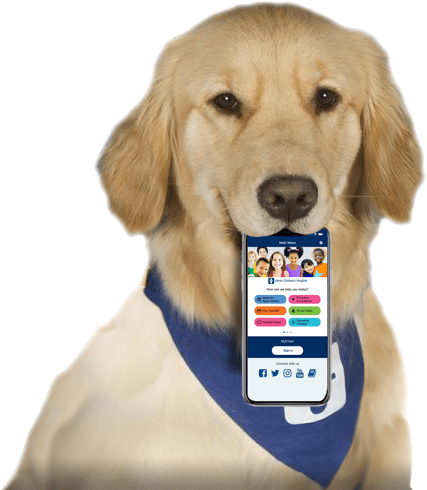Eating at Restaurants When You Have Diabetes
People with diabetes can pretty much eat the same foods as their friends and family. They just have to keep track of what they eat and enjoy some foods in moderation.
Which Restaurant Should I Choose?
Your best bets are restaurants that offer many options. But even fast-food places have healthy choices on their menus. Whenever possible, look for nutritional facts on the meal you plan to order — like calorie, carbohydrate, and fat content. This information is available in many chain restaurants (you may need to ask for it) or online.
You're not limited to places that serve only soy burgers and carrot sticks. If you can order a meal that includes a good balance of proteins, fats, and carbohydrates, you're doing OK. But if you find that a restaurant doesn't offer many vegetable choices or that they only serve fried food that's covered in cheese, look for a place with more options.
What Should I Order?
When it's time to order, follow the same rules for food content and portion sizes that you follow at home. Try for a good balance of proteins, fats, and carbs.
These tips can help:
- Change and rearrange. To get a well-balanced meal in a restaurant, feel free to substitute certain ingredients or side orders (for example, ask for salad instead of fries). Don't feel weird about it — people ask for substitutions all the time. You can also ask for a different preparation, like having your chicken broiled instead of fried.
- Watch the sides. Avoid foods with sauces or gravy, and ask for low-fat salad dressings on the side.
- Pick your own portion. Restaurant portions are often large, but try to eat the same portion of food that you'd eat at home. Either eat only part of your order and take the rest home or split it with a friend.
- Master menu lingo. Watch out for words like "jumbo," "supersize," "deluxe," or "value" when eating at your favorite fast-food joint or the mall's food court. Instead, order junior- or regular-sized sandwiches and sides.
- Split with a friend. Are you hungry for some fries? Order a healthy sandwich and side salad for yourself and sneak a few of your friend's fries instead of ordering your own. And dividing an entrée or sandwich between friends also helps keep portion sizes under control.
- Go light on buns and crusts. Choose thin-crust pizza over the deep-dish pie and skip double burgers and extra-long hot dogs to keep carb intake under control. And keep in mind that English muffins, bread, and small buns often contain fewer calories and fat than croissants and biscuits.
The same tips apply to eating at your school cafeteria. To be a healthy eater at school, make sure you pick a variety of healthy foods and stop to think about when you're getting full.
What Should I Bring With Me?
When you go out to eat, bring the things you take with you everywhere, like testing supplies, snacks, and medicines. A printed quick-reference guide to food content and portions, or a nutrition app or website, can make choosing healthy foods a little easier. If you use things like artificial sweeteners or fat-free spreads, bring them along too.
If you take insulin, there's no need to stay home if you have to eat later than usual — in most cases you can just make a few simple adjustments to your medicine schedule.
Do you have questions about how to make eating out even easier? Talk to your doctor or dietitian.
Reviewed by: Cheryl Patterson, RD, LDN, CDCES
Date Reviewed: Jan 1, 2022
















